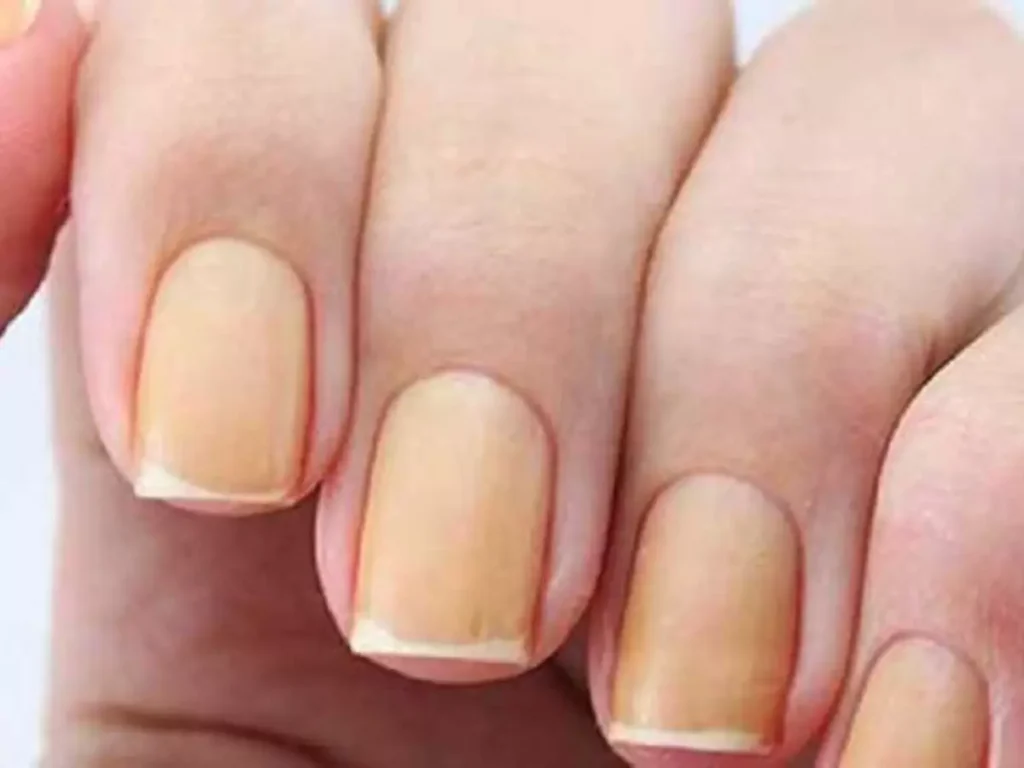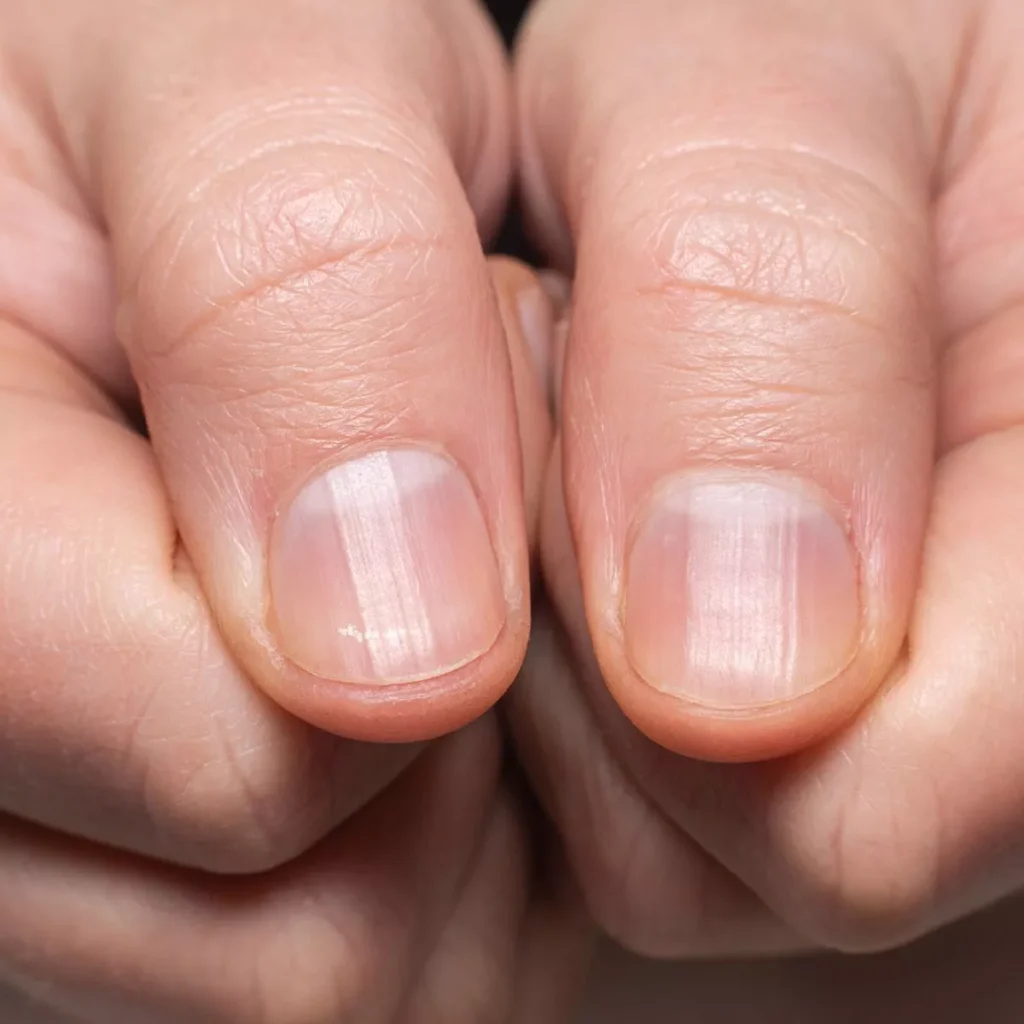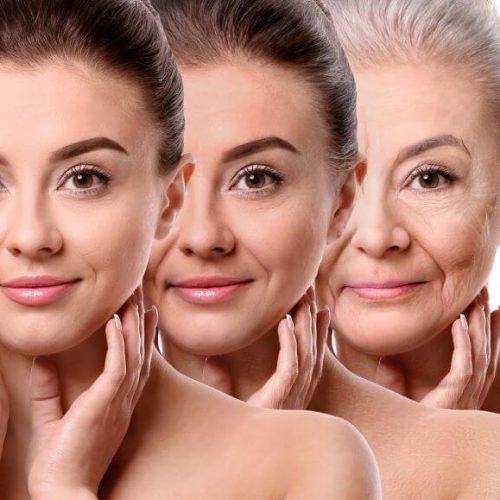Nails have always been an important part of our appearance and personal style, but did you know they’re also a true mirror of our health? Yes, beyond being an aesthetic detail we love to care for and decorate, nails play a significant role in alerting us to what’s happening inside our body. Small changes in color, texture, or even growth rate can be subtle (or not so subtle!) signs of internal issues that need attention.
In this article, we’ll dive deep into the world of nails and explore how seemingly ordinary details—like slight ridges, color changes, or frequent breakage—can actually point to more complex health concerns. Want to know how to identify these signs? And, more importantly, how to care for your nails so they stay strong and healthy? Read on to discover how your nails can be powerful allies in understanding and improving your well-being.
Nails: More Than Beauty, A Reflection of Inner Health
Often, nails are the first place where signs of nutrient deficiencies, hormonal imbalances, or even more serious illnesses appear. The human body is a highly interconnected system, and nails are particularly sensitive to any changes within it.
There are specific aspects of nails that can indicate deeper issues. Let’s explore each in detail, helping you understand what each sign may mean.
1. Yellowish Nails: A Warning for Liver and Lung Health
One of the most common signs that something might be wrong with your body is the appearance of a yellowish color in your nails. While yellowing can occur due to overuse of nail polishes or chemicals, if it’s persistent, it can also signal that your lungs or liver aren’t functioning properly. Conditions like hepatitis, diabetes, and even chronic respiratory problems such as bronchitis and emphysema can trigger this type of change.
Care Tip: To help prevent yellowing, keep your nails free from chemical products a few days a week, and, of course, consult a doctor if the problem persists.

2. Ridged Nails: A Matter of Nutritional Deficiencies?
Nails with ridges or horizontal lines can be caused by deficiencies in essential minerals such as zinc and iron. These lines may also indicate nutrient absorption issues in the intestines. Usually, when the body is deficient in important nutrients, it prioritizes sending resources to vital organs and neglects structures like nails and hair.
Care Tip: See a doctor and get blood tests to assess your mineral and vitamin levels. Diet also plays a fundamental role—include foods rich in zinc, like nuts and seeds, and iron, like meats and dark leafy greens, to help strengthen nails.

3. Brittle Nails: A Signal for Bone and Hormonal Health
Excessive nail fragility is often linked to low collagen levels and, in women, can be related to hormonal imbalances. Additionally, thyroid disorders, such as hypothyroidism, can also cause nails to become thinner and more brittle.
Care Tip: Supplementing with biotin and collagen may help, but ideally, consult a professional to check for potential hormonal or bone deficiencies.








